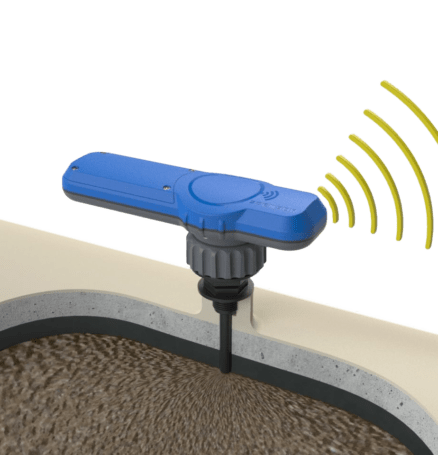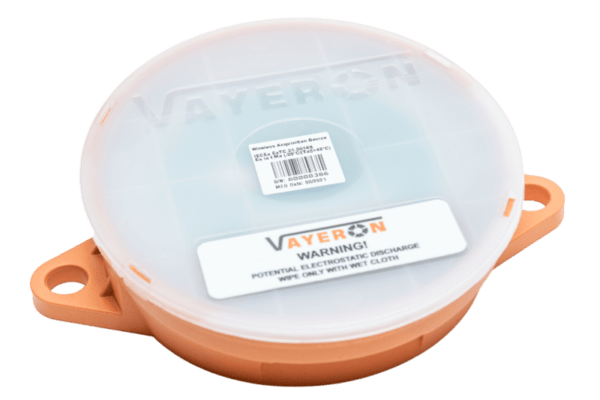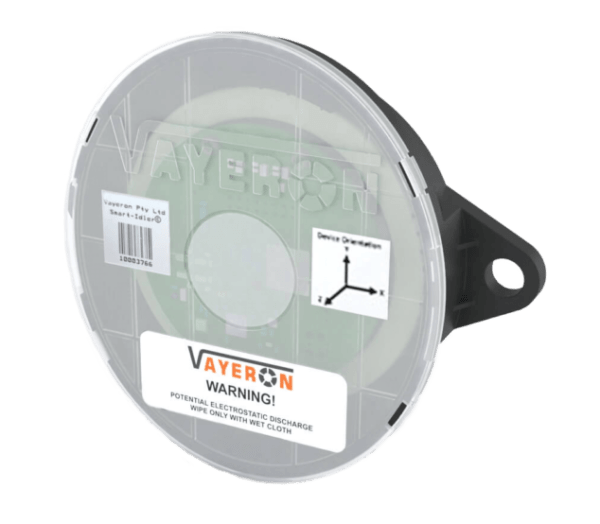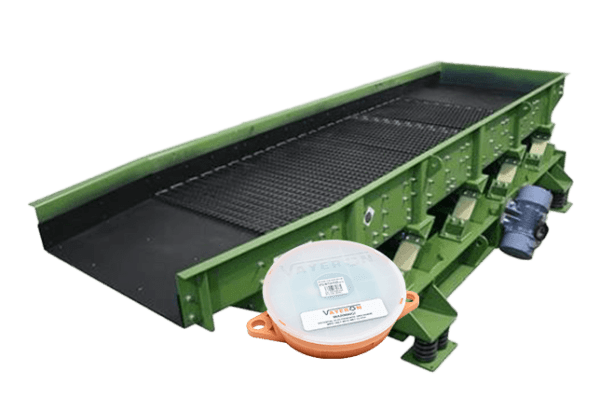Join us as we explore the thoughts of the industry leader.
Mark: The xBud is a new wireless data acquisition device that incorporates several of our products that were brought into one platform. With the xBud we have the hardware battery-powered sensor. it also comes with its own no-code platform. With the platform you can actually code into this device what you want it to measure. So that might be an inclination, where you’re measuring movement; it might be vibration that you’re measuring, and that can be on a Shaker screen where you can place these around the screen and make sure that the unit stays in its direct plane of oscillation. So it has many uses, like pumps, shakers, mills, and it screens all sorts of bearings.
Alex: So, users can just deploy all these devices wherever they want and program them for their own application?
Mark: Yes, that’s correct. It’s a data acquisition device with a very large payload magnet in it. It’s a very strong magnet. You can secure it with a couple of lugs, especially in a high vibration environment. And it comes with a platform that you can use to code this. It allows the operator to choose and select where they would normally have to write code to get the sensor to do that task. They can use the platform to make it, so that anybody can code it to get the information they need.
Mark: It’s also battery-powered, and the batteries will give you around 12 to 24 months of life, depending on how much you request the information to come. So, the more frequently you request the information, the quicker it will drain the battery.
Alex: Can you give us an example of how often customers need to get this data, for example, to predict a bearing failure?
Mark: Ok, let’s say we’ve put this on a pulley bearing on a conveyor belt, and the customer says they need that information every hour, so that they can see that the bearing is still in good condition. That is not true, you need information maybe once per day, once per week is even enough. But once per day is what we recommend and at that sample rate you’ll get a long life out of the sensor.

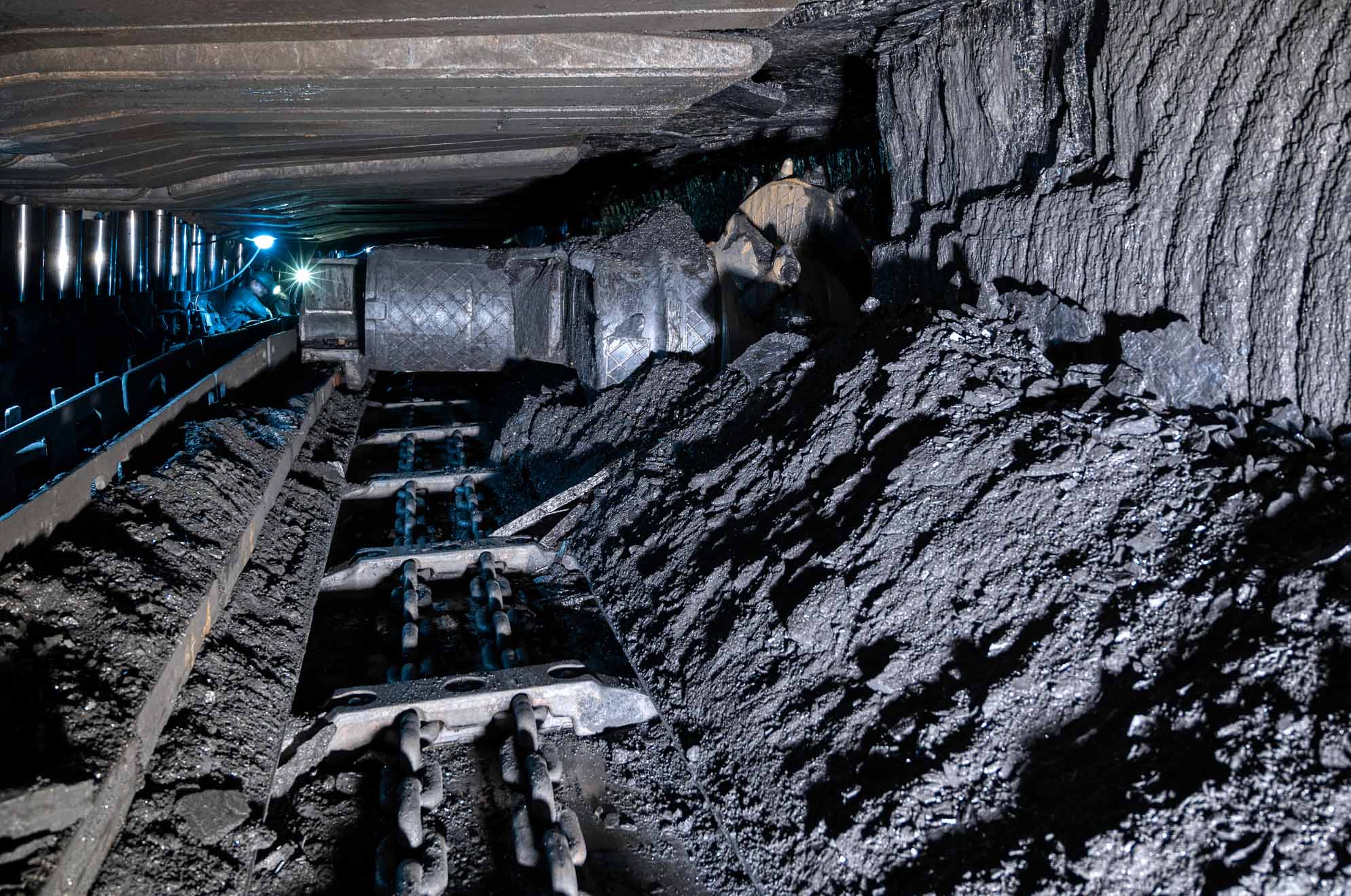
Mark: I think if the sample rate is set at once per day you should expect more than two years of life. It is a sealed unit, so you can’t replace the battery. So, at the end of two years, you dispose of this unit and put the new unit back in its place.
Alex: But why did you decide to use not replaceable battery? Is it possible to do the version with a replaceable battery?
Mark: A lot of places where these devices are used have explosive atmospheres. This unit is Ex-rated for explosive atmospheres. It can even be a sugar terminal with explosive atmospheres, so this device is all Ex-rated rather than making a non-ex and an ex device.
Alex: So customers can use them even in underground coal mines?
Mark: Everywhere, yeah, there should be no restriction on where you use this device. The specific battery will not ignite if it’s crushed, so it’s a special battery.
Mark: If you look at a bearing application, it allows the customer to monitor a machine without actually having to go physically to that machine. A lot of sensors require an operator to go and download the information from the sensor and then take it away and analyse it. This information is analysed for you and available on a cloud-based platform.
Alex: It does not need special software to analyse this data; everything is analysed inside?
Mark: Yeah, you can push our data into other analytics programs or historians, that’s up to the customer if they want to do that. But that option is available to them.
Alex: So, it has more options for customers who want to go further and Implement some machine learning technology or artificial intelligence.
Mark: Correct, and a lot of companies are doing that today. The ability to push our data into those platforms was critical to its success.
Mark: Vibrating screens rely on that oscillation for the screen to operate. If you can imagine a screen you have the screening element and the body of the screen sitting on springs. And then a counterbalance weight moves that screen in an oscillation process. When a screen is in its correct orbital operation, it is most efficient. But as a screen wears, mechanical failure may cause the screen to come out of that single phase of operation and start to become out of phase. And when it’s in this process, the screen can actually destroy itself, so we have four xBuds placed on the screen, and they are all synced up together, so they are measuring the orbital motion of that screen to make sure that it remains in correct sync. And then, we can alert if it moves out of that phase. Alert the customer to go and have a look and see what’s happening before it destroys itself.
Mark: They would constantly have personnel down inspecting. This data acquisition device allows you to keep the personnel away from vibrating equipment and rely on a monitoring system to monitor that for you instead. Because you have different personnel doing inspections and not everybody sees everything. Something can be going wrong, and the manual inspection doesn’t pick it up. However, the sensors tend to be a lot more accurate with their inspection process.
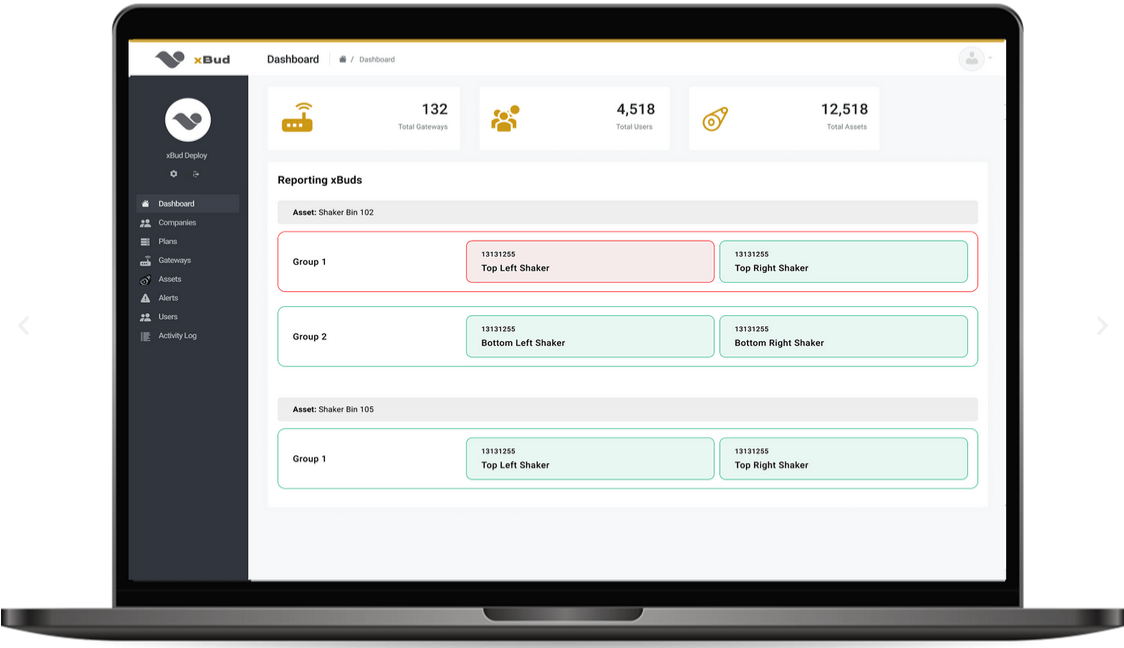
Mark: The bearings or the bearing blocks on a ball or a rod mill would be a good application for it. It is certainly fit for the purpose of monitoring those big slow rotating bearings. While we can’t predict the failure of that bearing, we can continually give you a baseline, so over time you’ll see regular step changes as the bearing deteriorates, and the wireless data acquisition device – the xBud – has the ability to do that. And then, you can use other vibration analysis techniques to decide when that bearing needs to be changed out.
Alex: Can it also be used to predict a failure of plain bearings like sliding bearings, not ball bearings?
Mark: Anything that creates vibration can be measured by our data acquisition device and we can continually measure and show any changes to that vibration. Unfortunately, because of the varied applications, we can’t predict when it’s going to fail. We can only tell you that something is changing, and you need to go and manually inspect it.
Alex: And the customer needs to decide themselves if it is deteriorating or what to do next.
Mark: Maybe it just needs some lubrication, maybe the grease hasn’t been topped up, or it needs some maintenance.
Alex: Anyway, customers get this information, real information, not guesswork that people can do. Sometimes people can make some mistakes if they are not qualified, especially.
Mark: And look, over time, the longer it is on the piece of equipment, the more knowledge you’ve gained about where the vibration frequency will be when it fails. So you can start to set thresholds closer to that failure point and get a better understanding of where to set those thresholds over time. And then become more confident in allowing this to tell you when you’ve got a major problem.
Mark: That’s a hard question, Alex. I guess I don’t take a lot of notice of what our opposition are doing. We concentrate on what we do in the industry and making sure we do that well. I do know some of our competitors, their sensors are considerably more expensive than ours, sometimes 5 or 10 times more expensive than our data acquisition device. So I think it comes down to the application for the customer and whether our sensor is fit for purpose. And if it’s fit for purpose, I would say that it’s probably going to be their least expensive option to monitor that situation. I guess from here, it’s about a customer being interested in the product and then working with us to develop the application into a project and make sure that that project is successfully delivered for them, so that they get the information they need.
Alex: I see it really depends on the customer, what they need and if Vayeron can do that, if this fits the purpose of their application.
Mark: It’s not one-size-fits-all. Each system is really custom-designed for the end users so that they get what they are looking for out of the system. And if we can’t provide what the customer needs, then we will tell them that it’s out of our ability to do that.
Alex: It’s great! Can you please tell us about other technologies? I see your flagship solution Smart-Idler here…
The second part of this interview is about remote conveyor rollers monitoring system Smart-Idler.


